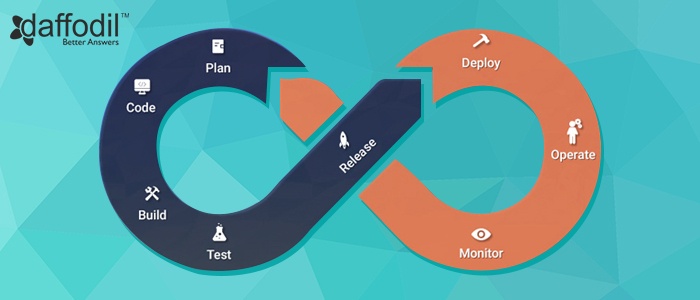
Devops is a paradigm shift in the software development sphere as it focuses on intense collaboration between development and operations team, with customer empathy and infrastructure automation at its core. It is being practiced by a numerous software development companies across the globe to increase productivity, reduce costs, and build products with more customer focused approach.
However, For many of the organizations, jumping head first into DevOps have been observed to be daunting. Sudden changes to long-entrenched (traditional) development approach generates friction, and business leaders often fear the costs that come with change. In order to truly get DevOps to work, your development and operations team must be willing to co-operate and make behavioural changes to adopt the DevOps culture.
If you are planning to ride the DevOps bandwagon in the near future, or you’re already into it, we strongly recommend you to consider these points before initiating the change. They will help you understand the transition and keep you in the right mindset to make through this terrestrial shift.
1. Devops is not a process, but a culture
DevOps is not about asking a programmer to wear the shoes of a systems administrator, QA specialist or a release manager simultaneously. Neither it is asking a operations guy to suddenly start with heavy duty coding. It’s not a toolkit or a software product or about about change of processes. It is simply about creating a holistic mindset and collaboration from all the departments involved in the software development lifecycle. It is a marriage of human and technological sides of software development, with a motive to create continuous value for the customers or the end users.
2. Collaboration is the key
Collaboration is the key cultural aspect of DevOps. It brings teams together that used to works earlier in silos. Merely having collaboration tools in place is not enough. Find ways to encourage intermixing of teams and organize sessions to educate them on best practices of DevOps. This will help them work together towards a common goal while cross pollinating their knowledge and skills. As DevOps disrupts the prevailing culture, and takes time to speed up, so it is best to start early. Encourage your teams and keep open communication channels so that there is lesser resistance to collaborative change.
3. Make continuous testing your Modus Operandi
DevOps is all about continuously delivering value to the customers, while coping with the continuous changes that come across the way. Every day testing needs to be done and when once developers have identified the changes, additional testing needs to happen. To achieve continuous testing, it is rudimentary to automate each small doings in the process. The illustration below represents a few challenges that you will face while setting up continuous testing, and the solutions to effectively resolve them.

4. Automation is the lifeline
Introduce process automation tools from the beginning. By leveraging integration technologies , you can actually bring different tools together that are used by different departments. With a proprietary integration platform, you can integrate tools from different phases of the software development cycle like AzureDesk used by the operations team, build tools like Jenkins, Jetbrains etc. used by the development team and even testing tools used by the QA team. Once an integrated automation tool is in place, you have the power to define an end-to-end automated DevOps process that spans across the entire organization and keeps all teams on the same page. This contributes to a better sync among the teams and eventually faster and more accurate deployment and releases.
5. Building a rockstar team
Your devOps team acts like an intermediate between the customer and your internal department. Hence your software lads cannot double your devops team. They need to work as closely as possible but their roles are different. Your software team is good for development and testing however your DevOps team will coordinate all updates and changes between departments. Orchestrate a cross-functional team comprising of best of your operations professionals, application developers and infrastructure architects-- or even auditor initially.”. Strive to make these team members the apostles of Devops in your organization.
Conclusion: Do not give up
Adopting a DevOps strategy is a paradigm shift for any organization. There will be several bumps along the way like initial friction to change, fear of cost of failure, etc, This might derail or slow down the process but do not give up in the middle. Learn from your shortcomings, work with your team with empathy and keep their morale high. Over a period of time, every team member will get used to the feeling of applied change and innovation. And once learn to cooperate, they will themselves determine ways of helping each other out, and collaborating even more closely.
It’s hard in the beginning, messy in the middle, but gorgeous in the end.




